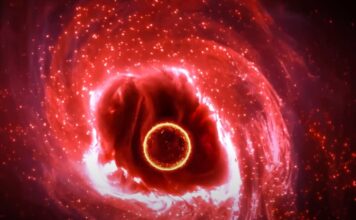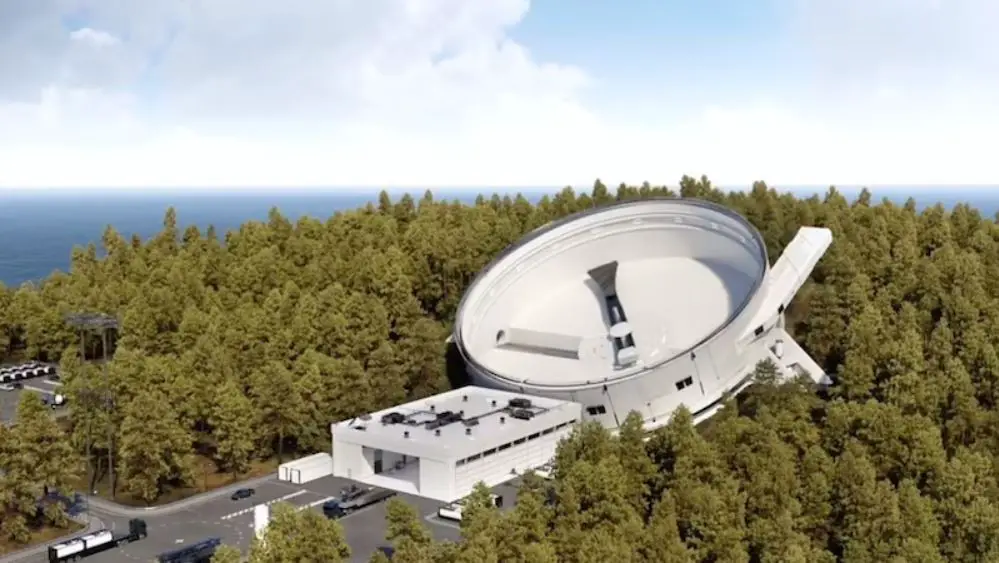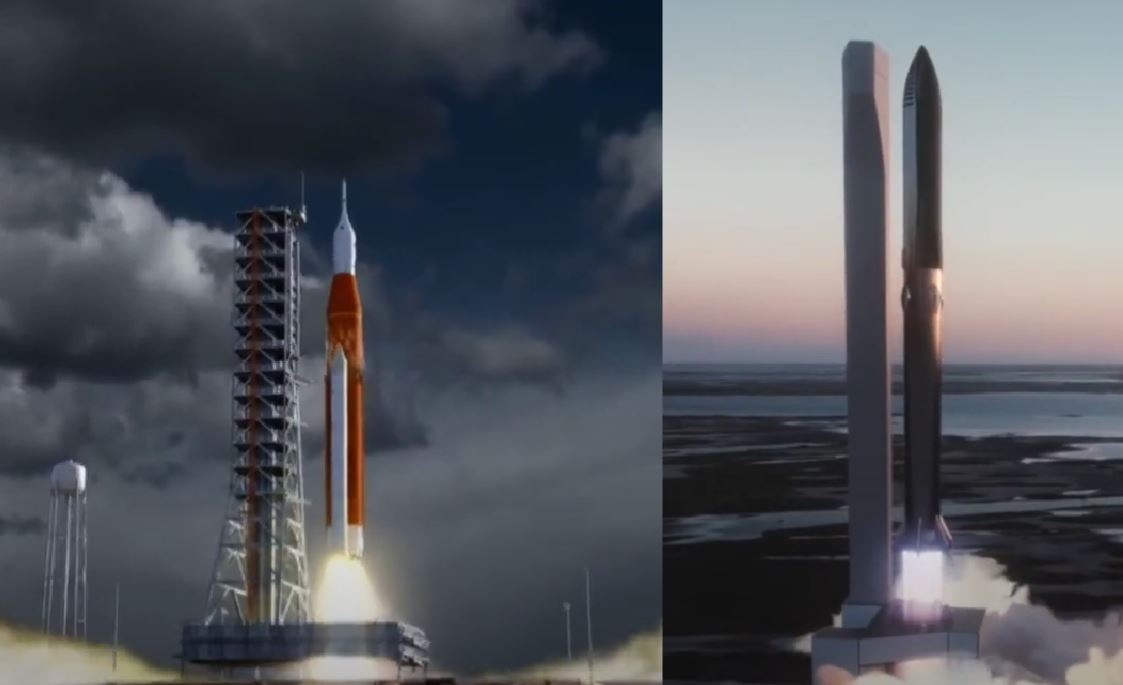A solar wind traveling at more than 600 kilometers per second slammed into the Earth’s magnetic field on the 7th. Although solar storms often hit the Earth and trigger spectacular auroras, this storm was completely unexpected.
When energetic particles and plasma are no longer gravitationally bound by the sun, what is ejected is called the solar wind. Although there are still many unknowns about how the sun works, the solar wind is generally believed to come from coronal holes, so we can monitor and reasonable forecast.
On the 7th, NASA’s Deep Space Climate Observatory (DSCOVR) noticed a significant increase in solar wind intensity during the day.
“Space Weather” speculates that the solar wind may arrive early. It was originally expected to arrive on the 9th, but it may also miss a coronal mass ejection.
The sun is entering the sunspot maximum period, and many small explosions are generated on the surface of the active sun. It is easy to ignore weaker coronal mass ejections.
Fortunately, we are not affected by the solar wind on Earth because of the protection of the earth’s atmosphere, but when it becomes stronger, it can affect communication satellites and, in extreme cases, even electrical equipment.
If this all sounds familiar, it’s because we’ve seen so many solar storms this year, and also been hit by X-class flares, and most of the time humans don’t even know what’s going on, unless they’re avid aurora watchers.
Followers of the Space Weather alert service were notified of the unexpected storm and saw the resulting powerful auroras and Steve phenomenon.
Image Credit: NASA





